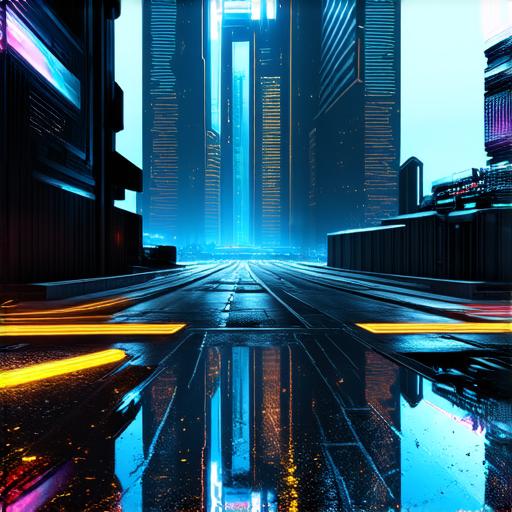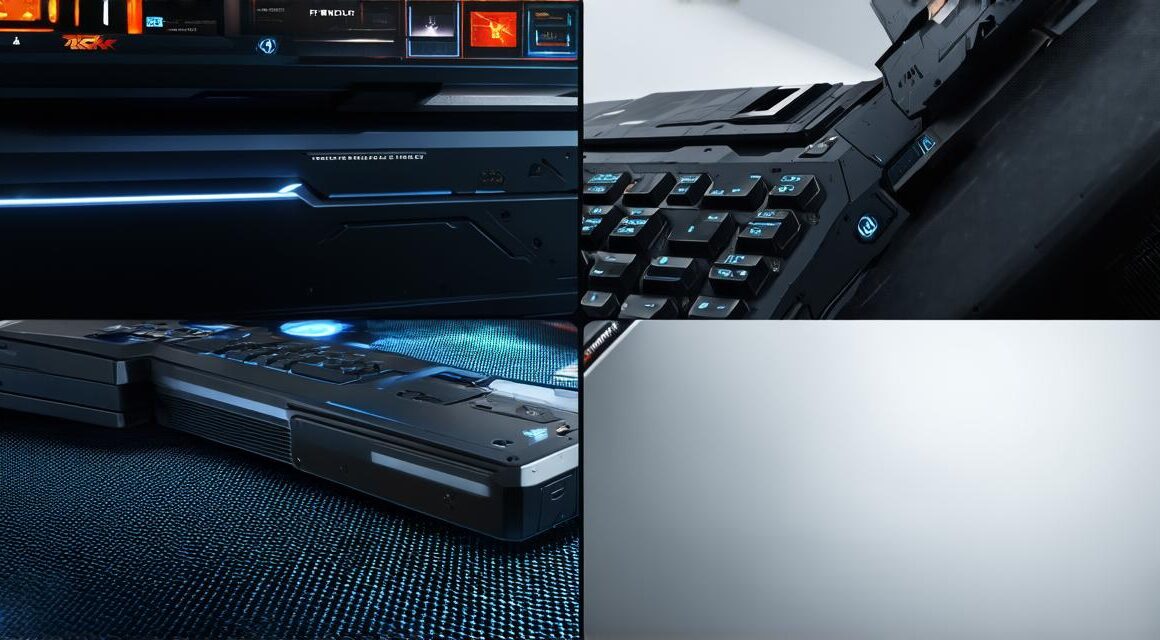Are you looking for ways to make your Unity 3D games more realistic? Look no further than screen space ambient occlusion (SSAO). SSAO is a technique that adds depth and dimension to your game world by simulating the way light behaves when it interacts with objects in the environment. In this article, we will explore what SSAO is, how it works, and how you can use it to enhance the realism of your games.

What is Screen Space Ambient Occlusion?
Screen space ambient occlusion (SSAO) is a technique used in computer graphics to simulate the way light behaves when it interacts with objects in a 3D environment. It is called “ambient” because it simulates the way ambient light, or indirect light that bounces off of surfaces in the environment, interacts with objects.
SSAO works by analyzing the position and orientation of objects in the game world and using this information to calculate how light will interact with them. This allows you to add depth and dimension to your game world by simulating the way light behaves when it bounces off of surfaces.
For example, if you have a wall in your game that is facing a light source, SSAO will simulate the way the light bounces off of the wall and onto other objects in the environment. This will create the illusion of depth and dimension, making the wall look more realistic.
How does SSAO work?
SSAO works by analyzing the position and orientation of objects in the game world and using this information to calculate how light will interact with them. This is done using a process called ray tracing.
Ray tracing involves simulating the path that light takes as it travels through the game world. It does this by analyzing the position and orientation of objects in the environment and calculating the direction and intensity of light that will bounce off of these objects.
SSAO uses a technique called global illumination to simulate the way ambient light interacts with objects in the environment. Global illumination works by tracing the path that light takes as it bounces off of surfaces in the environment, allowing you to create the illusion of depth and dimension.
Why is SSAO important?
SSAO is an important technique for enhancing the realism of your Unity 3D games. By simulating the way light interacts with objects in the environment, it allows you to create the illusion of depth and dimension. This can make your game world look more realistic and immersive, providing players with a more engaging experience.
SSAO is particularly important for games that involve exploration and discovery. For example, if you are creating a first-person shooter or adventure game, SSAO can help to create a more immersive experience by making the environment feel more realistic.
Case Studies and Personal Experiences
There are many examples of how SSAO has been used in Unity 3D games to enhance realism. One example is the game “The Last of Us” by Naughty Dog. The game’s developers used a technique called ray tracing to simulate the way light interacts with objects in the environment, creating a more realistic and immersive experience.
Another example is the game “Uncharted 4: A Thief’s End” by Naughty Dog. The game’s developers used SSAO to simulate the way ambient light interacts with objects in the environment, making the game world feel more realistic and immersive.
Personal experiences can also be a great source of inspiration when it comes to using SSAO to enhance realism in Unity 3D games. For example, if you have visited a real-world location that has been recreated in a game, you may notice how the game’s developers used SSAO to make the environment feel more realistic.



